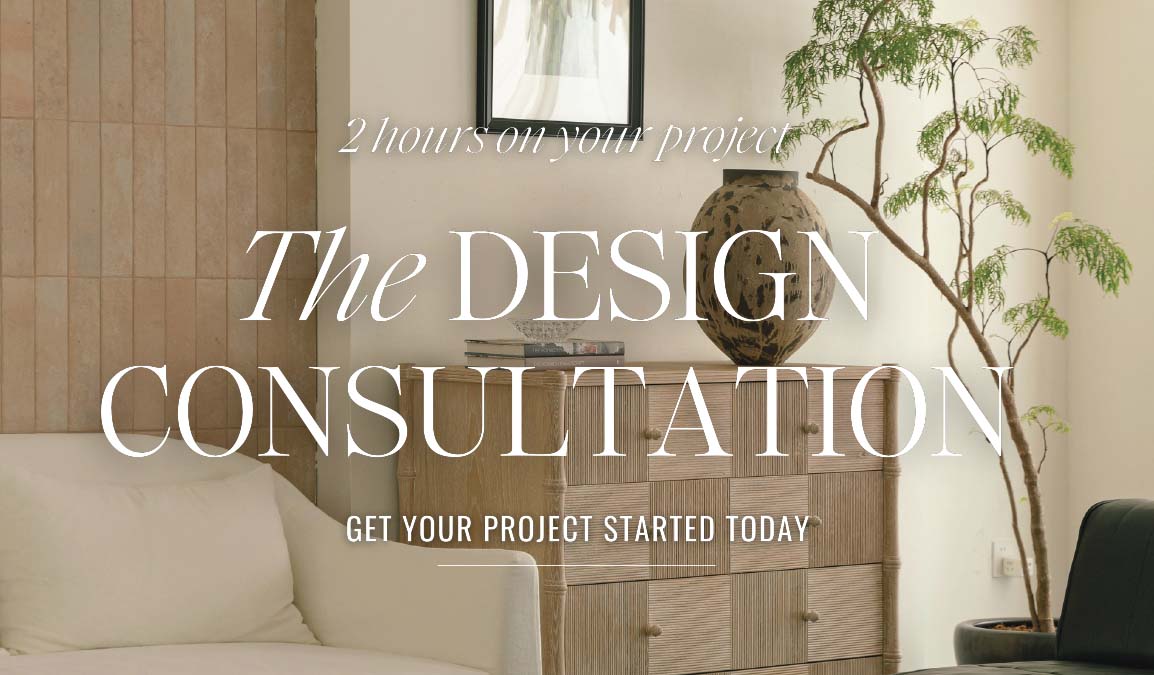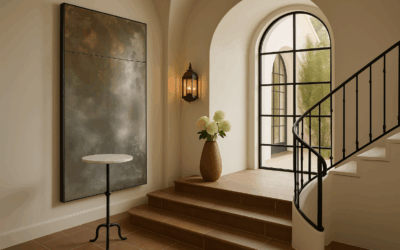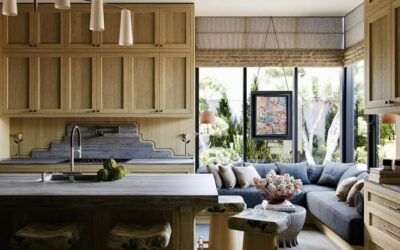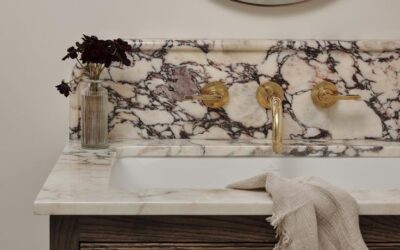Aging in Place thru Universal Design Principals
When we talk about a home that lasts a lifetime, we’re not talking about durability—we’re talking about dignity.
Universal design—an approach that blends beauty with inclusivity—offers a blueprint for living well across every season of life. Whether you’re chasing toddlers, recovering from a surgery, or settling into your eighth decade, a well-designed home doesn’t age out of usefulness. It adapts.
“Designing for aging is not about limitation. It’s about liberation—removing friction so that life flows, safely and beautifully.”
The Hidden Crisis in Our Homes
Despite the strong desire to age in place—77% of Americans 50+ say they want to—just 1 in 10 homes is actually ready for that reality. According to the U.S. Census and AARP, the vast majority of American housing stock lacks features like no-step entries, wider hallways, and ground-floor bathrooms.
And yet, the benefits of aging in place are undeniable: improved mental health, deeper social ties, and lower healthcare costs. A study by HUD found that aging in place can reduce Medicaid costs by as much as $48,000 per person per year when paired with home- and community-based support services.
We don’t need new buildings. We need better design.

Universal Design in Action: What It Looks Like at Home
Main Floor Living
Plan for a bedroom, full bathroom, and laundry on the first floor—even if you don’t need it yet. This one choice adds lasting flexibility, whether you’re recovering from an injury or accommodating guests with mobility concerns.
Barrier-Free Showers
Walk-in showers with linear drains, built-in seating, and handheld sprayers feel spa-like but serve everyone from toddlers to aging adults.
Multigenerational Kitchens
Install drawers instead of upper cabinets so both kids and those in wheelchairs can reach daily items. Lever handles, touchless faucets, and induction cooktops make cooking safer across generations.
Thoughtful Lighting
Layered lighting—including under-cabinet LEDs, motion-sensor night lights, and dimmer switches—prevents falls and eases eyestrain.
“Good design isn’t visible. You feel it in the ease of movement, the silence of safety, the comfort of being considered.”
Technology That Supports Independence
Smart Home Devices
-
Voice assistants can control lights, thermostats, and reminders.
-
Video doorbells offer security without the need to rush to the door.
-
Medication dispensers with alerts ensure health routines are followed.
Telehealth Access
Aging in place becomes easier when you can connect to doctors via Zoom, send blood pressure readings from your phone, or receive remote diagnoses. Medicare now covers many of these services.
Fall Detection & Emergency Response
Smartwatches and home hubs now include built-in fall detection, emergency buttons, and caregiver alerts, all without sacrificing aesthetics.
Emotional Design: Creating a Home That Loves You Back
Homes that support aging are also homes that support belonging.
-
Incorporate biophilic design: natural light, views of nature, indoor plants.
-
Include memory anchors: family photos, heirloom objects, meaningful art.
-
Prioritize communal space for conversation, connection, and caregiving.
-
Choose colors and materials that soothe rather than stimulate—think soft woods, warm whites, tactile upholstery.
“The most future-proof homes don’t feel clinical. They feel like you—just easier to live in.”
Retirement-Ready Services to Layer In
Aging in place isn’t just about walls and windows. It’s also about the ecosystem of support:
| Category | Examples |
|---|---|
| Home Services | Lawn care, handyman, HVAC maintenance |
| Health & Wellness | Physical & occupational therapy at home, speech therapy |
| Food & Essentials | Grocery delivery (Instacart, Amazon Fresh), meal prep services |
| Caregiving | In-home aides for dressing, bathing, meal prep |
| Technology | Remote health monitoring, call buttons, security cameras |
| Transportation | Uber, Lyft, senior shuttles |
| Finance | Remote banking, automated bill pay, fraud monitoring |
Designing for Everyone, from Toddlers to Elders
Universal design also benefits families with young children, those recovering from surgery, and people with temporary or permanent disabilities. A drawer microwave is safer for a child and more convenient for a wheelchair user. A wide hallway accommodates both a walker and a stroller.
The goal? To design spaces that don’t single anyone out—but welcome everyone in.
Final Thoughts
Aging in place isn’t a trend. It’s a truth—and one we’re all moving toward. Whether you’re building new or remodeling, now is the moment to make choices that serve your future self.
Because the best homes aren’t just where life happens. They’re where it keeps happening.
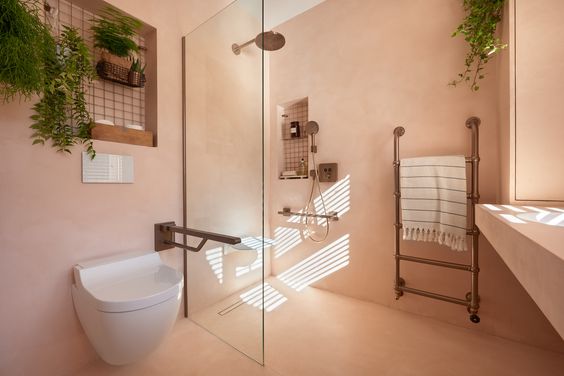
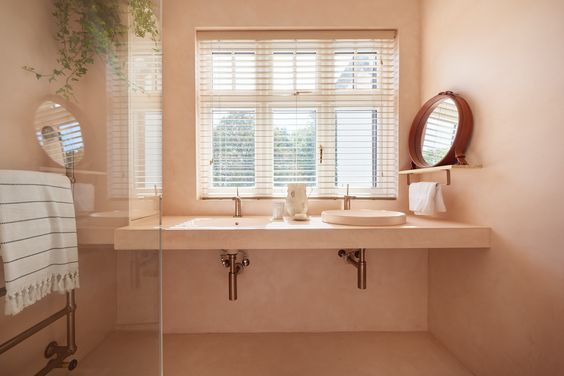
About the Author: Rachel Blindauer is an award-winning interior and product designer known for creating spaces that live as well as they look. With over 15 years of experience in residential, multifamily, and hospitality interiors, she specializes in designs that elevate daily life while anticipating future needs.
Take the first step towards creating your dream space. If you are a couple with multiple homes looking for a decorator near you, a hotelier doing a redesign, or a developer looking for top-notch interior design services near you, Rachel Blindauer and her team are here to bring your vision to life. With our wealth of experience and expertise, we can create stunning and functional spaces that exceed your expectations and bring you to a new height of design and sophistication.
SOMETHING FOR EVERYONE
THE PIECES RACHEL RETURNS TO, AGAIN AND AGAIN

